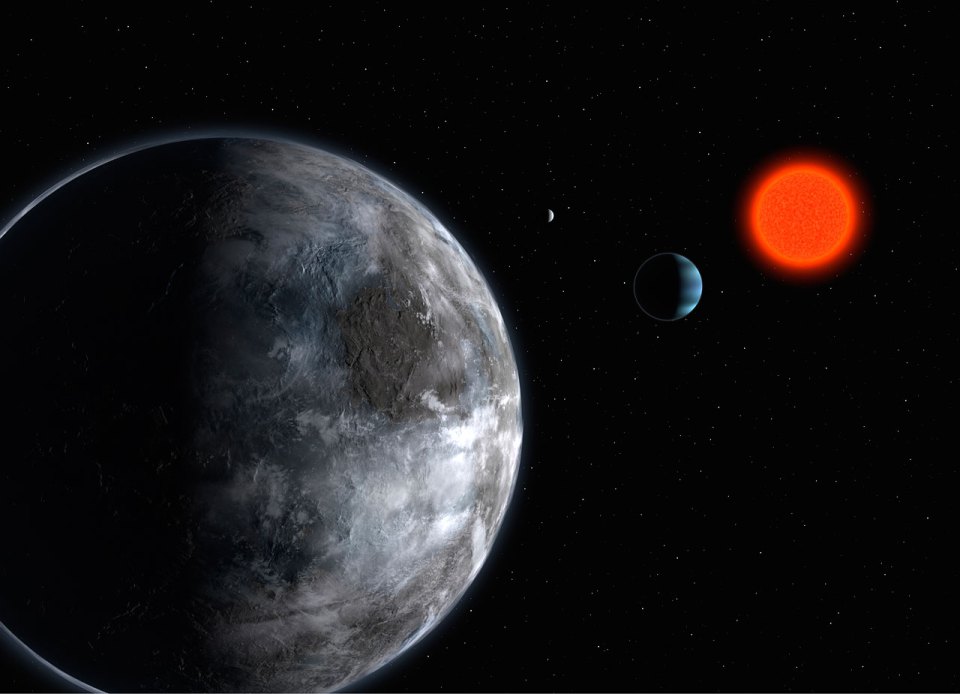The iREx team is leading an international collaboration that is currently building an infrared spectrograph named NIRPS. This instrument, like the SPIRou spectrograph, will allow to detect exoplanets around the coldest stars. To do so, NIRPS will use the velocimetry method, also called the radial velocity method, one of the most efficient ways to detect and characterize new planetary systems.

In the last few years, the search for exoplanets has extended to stars that are differed significantly from our Sun. Red dwarfs, stars with a mass between 10 and 50% of that of the Sun, are really interesting. One of the main reason is because it is easier to detect temperate terrestrial planets, favourable to life as we know it, around these stars. However, as these objects are colder than our Sun, they emit most of their light in the infrared. It is thus in the infrared that we mush observe them measuring with a high precision their velocity and thus detect and characterize their planets.
The iREx team got a grant from the Canada Foundation for Innovation to build NIRPS. Its development is made by a large international collaboration that includes the Observatoire de Genève, The Instituto de Astrofísica e Ciências do Espaço in Portugal, The Instituto de Astrofísica de Canarias in Spain, The Universidade Federal do Rio Grande do Norte in Brazil, Université Laval in Québec, The National Research Council Canada(NRC) in Canada.
NIRPS will be installed in 2019 at the 3.6-m La Silla telescope in Chile. This telescope is operated by ESO (European Southern Observatory), an organization that operates various observatories in Chile, including the 4 giant telescopes of the VLT. It will be possible to use NIRPS in parallel with HARPS, which has already been running on the telescope for 10 years. NIRPS will extend the current capacity of HARPS in the infrared, which will give the teams that participate to the project unique capacity to follow up and characterize planetary systems. Considering the important strategical importance of NIRPS, ESO will allocate 740 observing nights distributed over a 5-year period to the NIRPS team.
The FDR meeting in Porto will be one of the key milestones for the development of the instrument.
We use cookies to ensure that you get the best experience on our website, by continuing on this website you agree to the storing of cookies on your device. Learn more about our Privacy Policy.